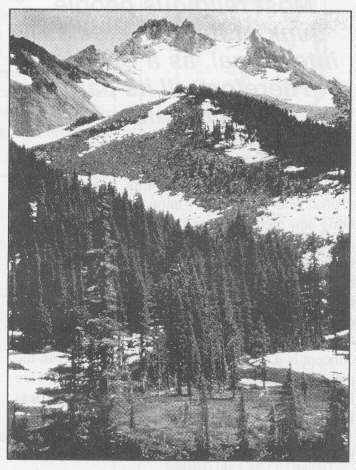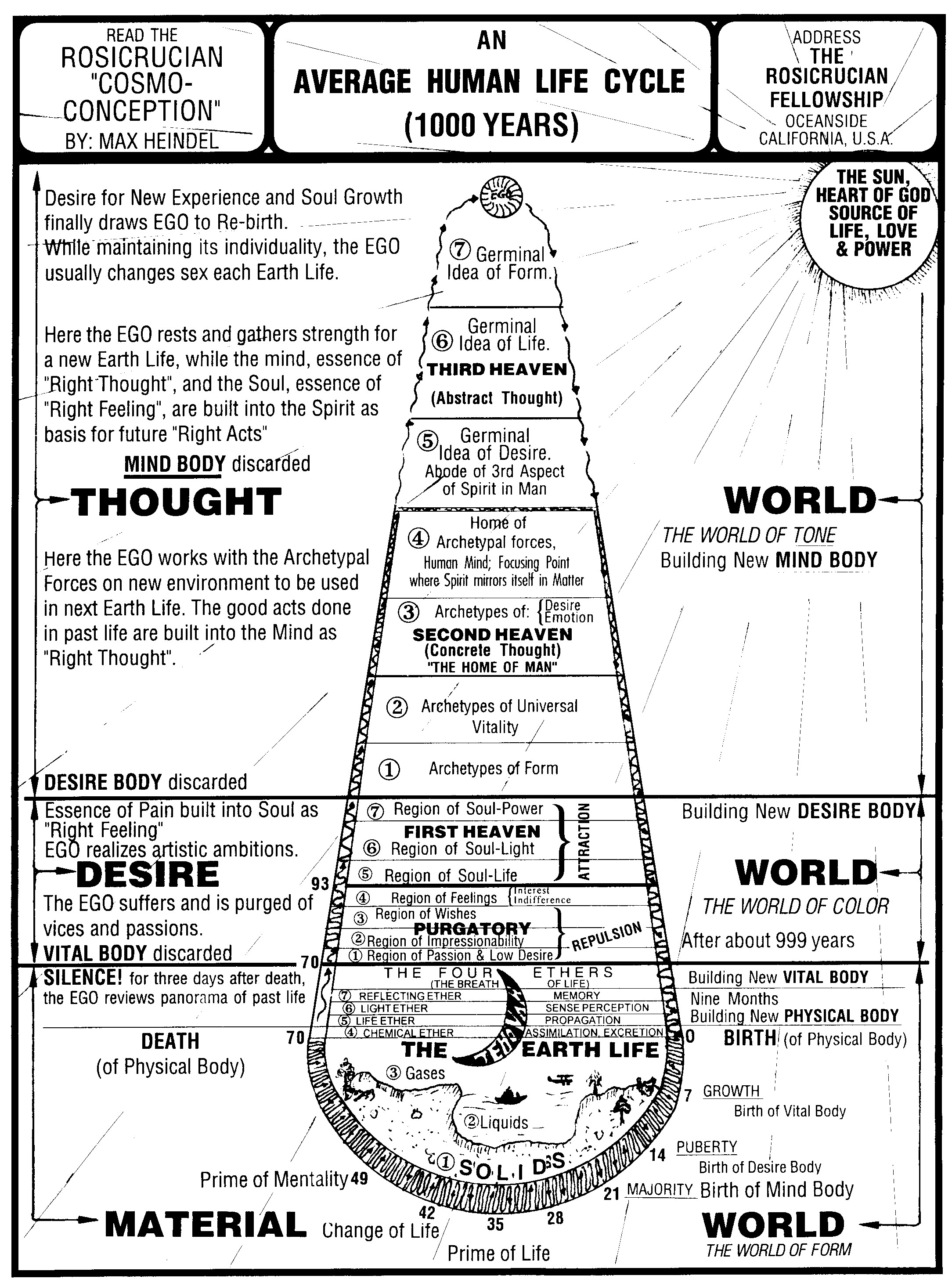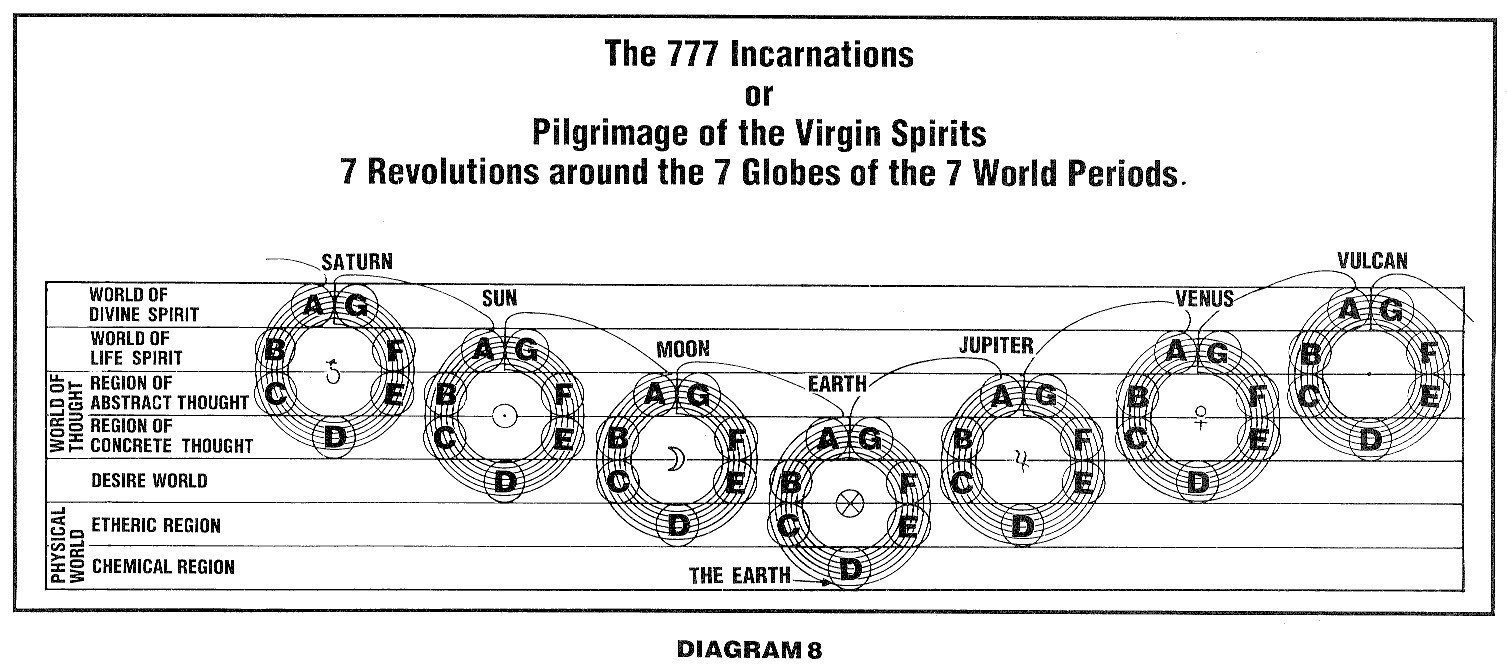
| rosicrucianU.com | ||
| Simplified Scientific Christianity |

Let us consider wilderness as a religious concept. Religion is the recognition of the limits of human competence in the presence of the unknowable and the uncontrollable, before which all humans stand in awe. So is wilderness. Like the unknowable and sacred, it exists whether or not humans exist. It pre-exists humans. Therefore, we should conceive of wilderness as part of our religious life. Religion admits that we humans are not masters of the universe; we are not even masters of this earth. We are, instead, co-inhabitants of the earth with a multitude of other creatures, and we cannot even dream of controlling it.
If we cannot dream of controlling the earth, then we certainly cannot control wilderness. It is essentially beyond control. It may have been abused, its vegetation destroyed, its animals brought close to extinction, but after we have restored it to health and while we continue to manage the way people act upon it, we should thereafter leave wilderness itself alone. Wilderness is that which we do not command. Wilderness is that which lies beyond our anxious self-assertion as humans. It is the present, proximate metaphor for that wide universe which, when we pray, we acknowledge to be beyond even our understanding.
Wilderness is a religious concept because it requires reverence from us and also because it is a deeply serious idea. Reinhold Neibuhr defined religion as that which we take most seriously. What could possibly be more serious than an awed response to the unknown and uncontrollable? What is more serious than a reverence for the health of this earth? Furthermore, wilderness legislation is an acknowledgment of our sins-our delinquencies as managers of those portions of the wild earth over which we have presumed to take control-and of our parallel responsibility to retain, restore, and preserve that which we have not yet corrupted.
To meet our sacred responsibility to both revere and protect the wild is too great a task to be left to the conservation community alone. If there is anything upon which conservationists can all agree, it is that there are not enough of us. While each of us may believe himself or herself to be a multitude, taken all together our ranks remain too thin for us to achieve the protection of the earth and of those places revered by humans, which is our task.
We are all trying hard; none of us gets enough thanks, and there aren't enough of us. We must bring new recruits to the cause, beginning with one group of fellow citizens who have, in their way, been part of our alliance all along but who have not heard much from us in the way of invitation. These natural allies are, I believe, religious people. The central concept of religious life is the same as the central concept of wilderness preservation. That concept is a sense of scale, of human scale, in the presence of larger things and larger matters. We are less than God, less important, less capacious, less knowing.
Religious people speak of themselves as humbled in the presence of God. Even the most secular of conservationists would admit, I think, that they often feel humbled in the presence of wilderness-part of God's world with its wondrous gifts. This feeling goes beyond awe to reverence. Most religious people think of the universe as intentional, as a Creation-not necessarily all at once, nor necessarily taking only a week's time, but intentional. Therefore, all its parts have value, all its species, all its mountains, waters, fields, and oceans. Humans, in the religious tradition, are not the only significant species on this earth. Our orchards, farms, woodlots, towns, and cities are not the only places worthy of respect. All Creation is worthy of respect .
The Wilderness Act of 1964 was the legislative expression of that respectful idea. That is why the term "untrammeled" is embedded in the preamble to the act. A trammel is a net. Untrammeled means unfettered, unnetted. The preservation of the "untrammeled," then, is a simple recognition that outside any of our snares or traps or cages there are forms of life deserving our respect. Wilderness puts all this on a map. Its borders, fetters, and trammels are limits to human pretension, limits easily understood and accepted by religious people because they merely affirm in geography what has been affirmed all along in theology. In theology it is said that beyond the boundaries of the known there is a realm denied to science, to history, to all the ordinary apparatus of knowing. In wilderness geography it is affirmed that when we come to the edge of wilderness we may know something of what lies beyond, but we shall not cross that border with the intention of controlling it.
Although we do not ordinarily genuflect as we pass a sign labeled "wilderness area," it would not be odd if we were to do so. Wilderness is a place, but it also is a mystery, a profound mystery. It is more than a gene pool, it is a fund of fathomless truths. We are constantly surprised by life in unexpected forms. When microbes new to us, but known to themselves for millions of years, are suddenly discovered by us in densely visited Yellowstone National Park, it is not their monetary value that is most significant but their religious value: embedded in them is the mystery of life, in its perpetually changing, infinitely various affirmations. To be guilty of snuffing out life by heedless or foolish intrusion is one kind of sin against which we must be on our guard.
Another sin to beware of is failing to allow enough space for the unknown to flourish, unmanaged, so that it may fulfill itself. Our proud, willful, often heedless and foolish species is learning all the time how little it really does know, how little it does control. All the essentials of life-birth, death, the sacraments-are intrusions of the unknown and the essentially unpredictable into our well-planned, scrupulously managed, manicured lives. Wilderness areas are not big zoos; we are in the zoos. Wilderness areas are outside the zoos. That is why they must be big enough to permit the full range of life within them. Wilderness is a fish that will not take our hooks.
Wilderness is necessary to us biologically. It is necessary to us spiritually. It also is necessary to us psychologically, increasingly so, and this need, too, has its religious character. Wilderness is a sort of physical, geographical sabbath. In wilderness we can find surcease from the consequences of our bad management elsewhere, of what we have done to the world and to ourselves during "the rest of the week."
— Rays from the Rose Cross Magazine, November/December, 1995

|

|

|
|
|
Contemporary Mystic Christianity |
|
|
This web page has been edited and/or excerpted from reference material, has been modified from its original version, and is in conformance with the web host's Members Terms & Conditions. This website is offered to the public by students of The Rosicrucian Teachings, and has no official affiliation with any organization. | Mobile Version | |
|